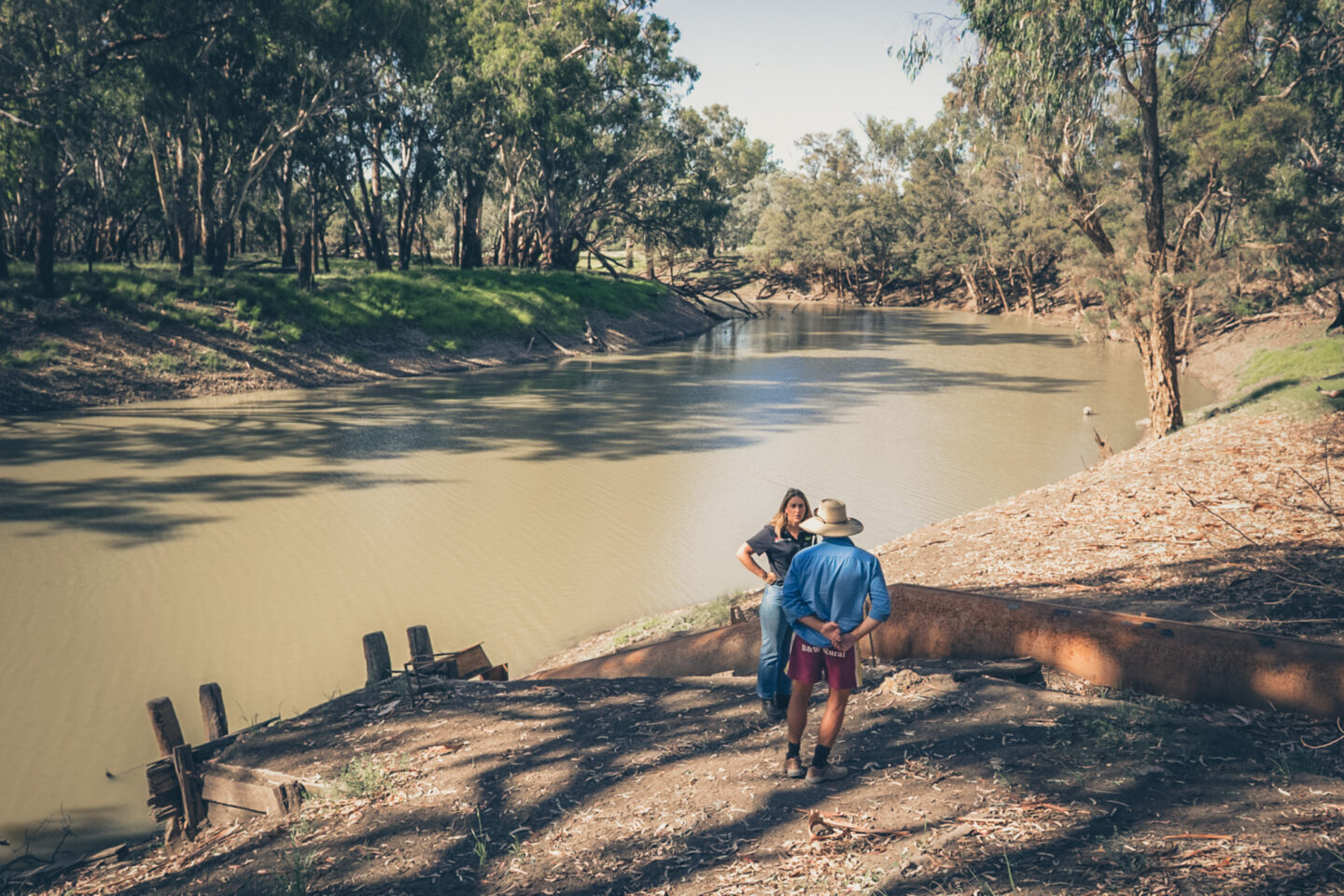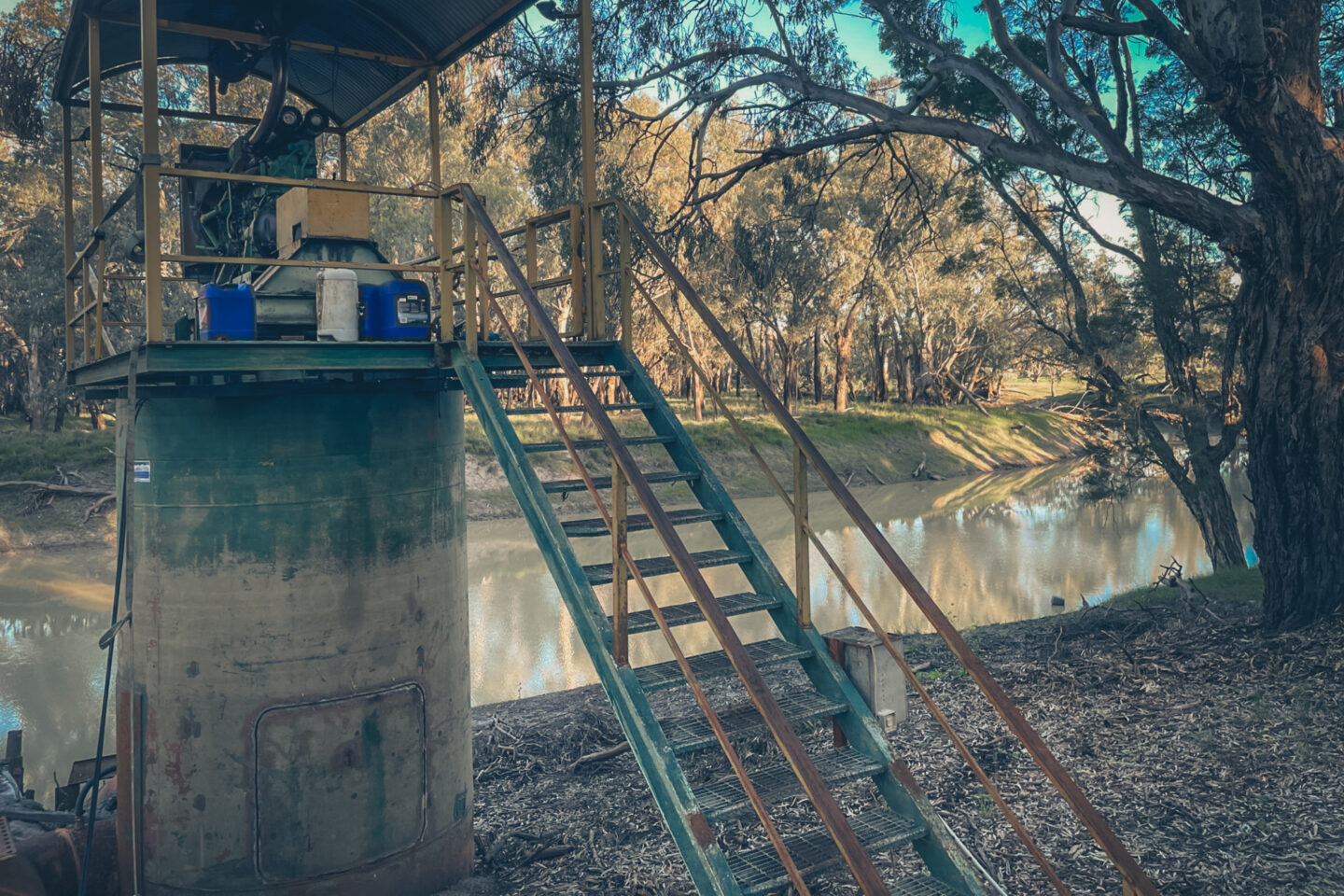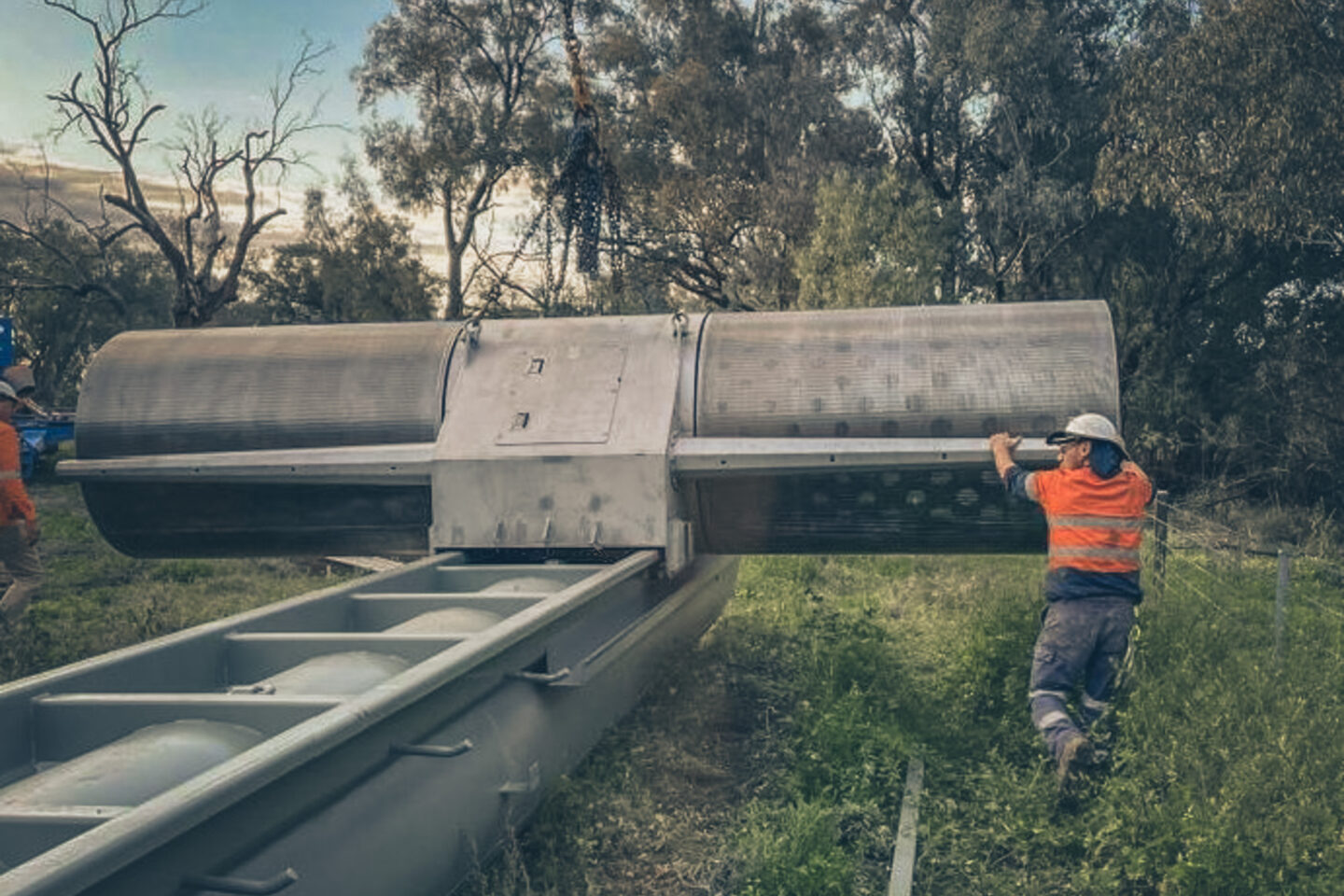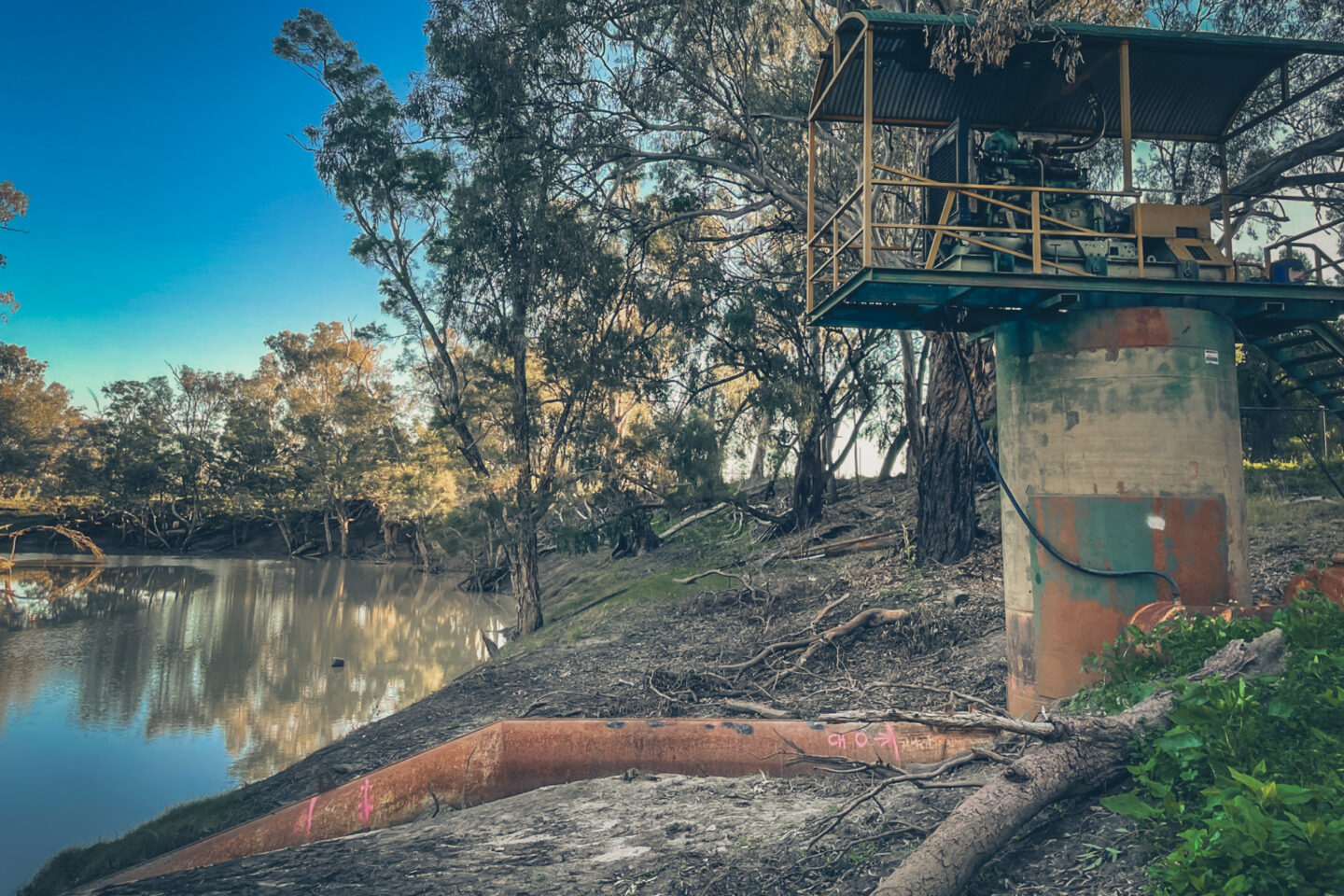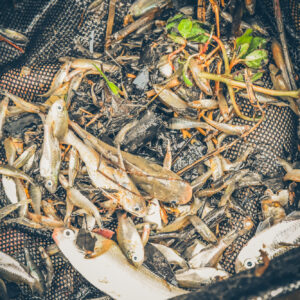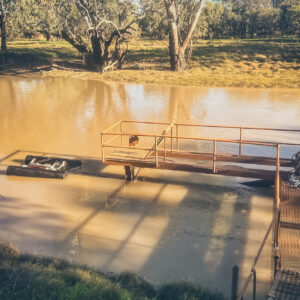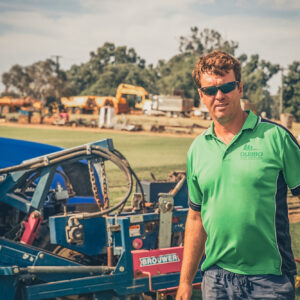Chalk and Cheese: How Fish Screens Changed the Game for Geoff Kirkby on the Barwon

On the edge of the Barwon River in Walgett, northwest New South Wales, irrigator Geoff Kirkby is seeing his operation run smoother, cleaner, and more efficiently than ever before.
And the reason, he says, comes down to one major improvement: the installation of a self-cleaning fish screen on his pump site.
Geoff grows cotton, wheat, chickpeas and sorghum—crops that are highly reliant on secure, reliable water access. “With the climate that we have out here, water is everything,” Geoff explains. “In the last three years I’ve grown a crop every year. My dryland country? I’ve grown three crops in total. So irrigation makes all the difference.”
From Pipe and Mesh to Modernised Infrastructure
Before installing the fish screen, Geoff’s setup was basic: “We just had a pipe that went into the river with a bit of mesh on it. So you can imagine the debris—and the fish—that used to come through.”
The pump would draw water from the river, along with twigs, leaves, and unfortunate native fish. “Fish would get sucked through the bottom of the pipe, through the pump here, and then my storage is probably a kilometre away. They’d go all the way down there and then end up in the dam. There was heaps.”
What used to be a fairly rudimentary system has now evolved into one of the region’s more sophisticated and sustainable water intakes. “The difference between what I had originally and now is complete opposite. It’s chalk and cheese.”
Built-In Peace of Mind
Standing beside his pump, Geoff points out the technology now protecting his operation. “This is the pump—with the screen on it. We’ve got the fish screens up out of the water at the moment, so we can go right through it. Big winch over here, all run off a hydraulic solar system up the top.”
The screen features a fine mesh that keeps fish out while still allowing water to pass freely. “Nothing can get through that—not the fingerlings, not the debris. And while it’s in motion, it cleans itself under the water.”
And best of all, it runs automatically.
“I can set that myself up in the computer,” Geoff says. “At the moment, while I’m pumping, I set it for four times every 24 hours. And I didn’t have that level of control before—I had zero control.”
That upgrade has made a huge difference, both in how the pump performs and in how Geoff runs his day. “All that time-consuming stuff has been taken out of it. I’m not having to backflush or fix my pump that’s been hit with debris.”
Clean Channels, Healthy Fish
Before the screen went on, debris and dead fish were common sights in Geoff’s irrigation channels. That’s no longer the case.
“Now there’s zero fish compared to originally, where there were millions,” Geoff says. “Debris-wise—yeah, there’s zero. So it’s all a benefit from here right through.”
The environmental improvement has also had an unexpected bonus: “Now I’ve got the opportunity—next time I fill a storage—I can stock it with natural fish, you know. And one day they might end up back in here too.”
The reduction in fish loss is something Geoff takes real pride in. “It’s a feel-good thing, you know.”
Cost and Care—What It Means for Irrigators
In addition to the obvious environmental benefits, Geoff says the screen has helped protect his gear and reduced downtime. “The economy of my pumps and everything that I’m getting now compared to what we were—it’s night and day.”
Before, sticks and other debris used to cause frequent issues downstream. “Twigs and stuff would go through the pump—you know that can’t be good for it,” he says. Now, thanks to the screen, those problems are a thing of the past.
That means fewer breakdowns, fewer callouts, and fewer headaches—especially during critical pumping periods.
And it’s not just about convenience. The cumulative cost savings from avoided damage and downtime can be significant over time. For irrigators operating in a high-risk climate zone like Walgett, anything that keeps water flowing and systems functioning without manual intervention is a huge win.
A Future-Ready System
When Geoff reflects on the change the screen has brought, it’s clear he sees it as more than just a smart piece of tech. It’s a fundamental shift in how irrigation infrastructure should be designed—one that aligns with both ecological responsibility and the economic pressures of modern farming.
“There’s no fish in the channels anymore, and I don’t see the twigs and trash that used to cause all the problems,” he says. “And if you put your hand on that in the water now, there’s zero suction—that’s incredible. No wonder there’s no fish up there.”
The system now operates with efficiency and autonomy that simply wasn’t possible with older, passive designs.
“This is chalk and cheese compared to what was on here before,” Geoff says, gesturing to the system he’s now proud to showcase.
And that pride is well earned. By embracing fish screening technology, Geoff Kirkby has ensured his irrigation operation is better for his crops, better for his equipment, and better for the river that sustains them both.
—
